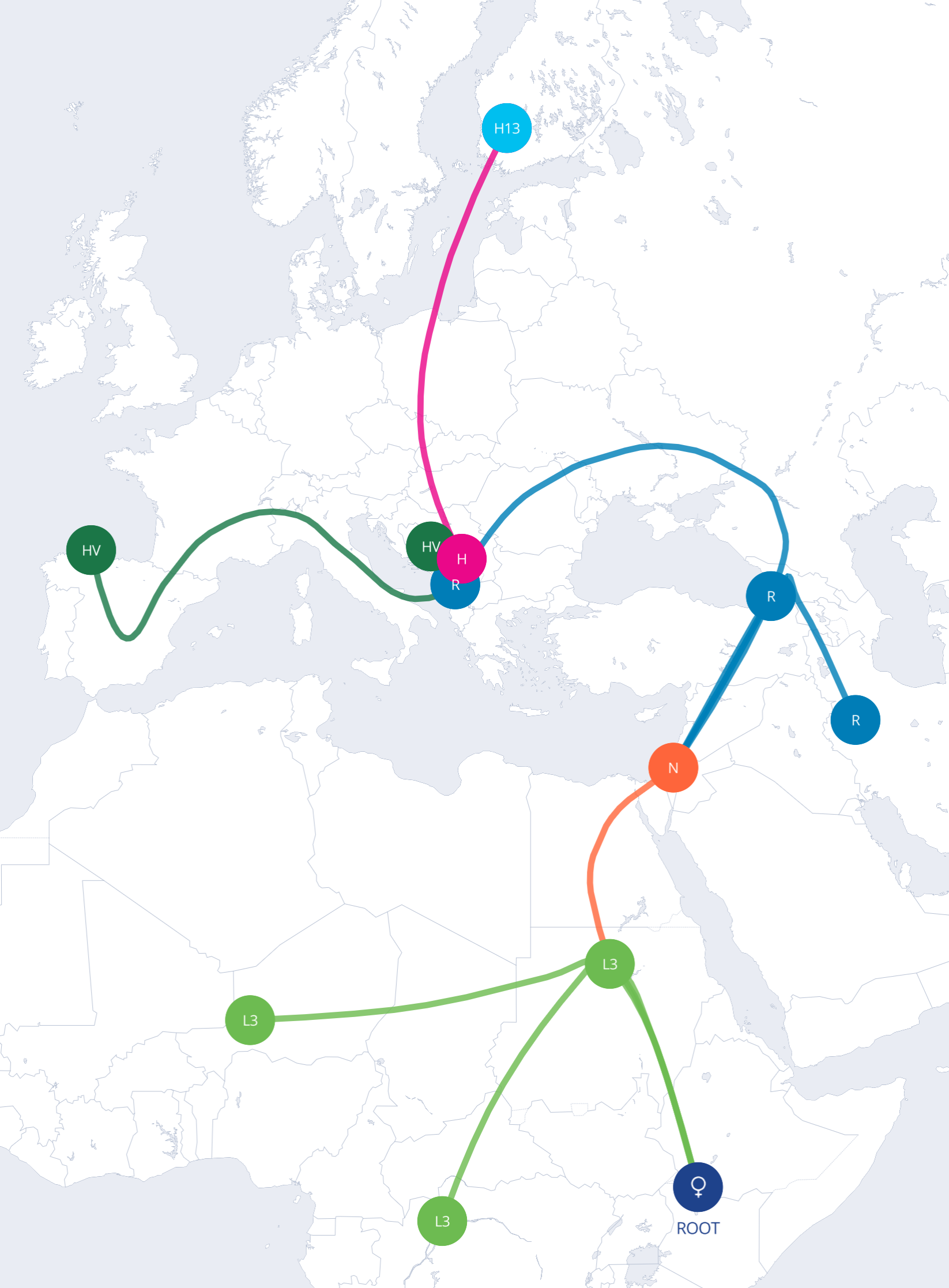

In This Article
In This Article
“Did you know you’re 60 percent banana?” The line is memorable but muddled. What scientists actually find is that humans and bananas keep part of the same genetic toolkit handed down from a single-celled ancestor billions of years ago. Here’s what that means—and why you can still enjoy banana bread without cannibal guilt.

Source: 123rf
Know Your DNA Reviews

Don't miss out on the opportunity to learn more about yourself. Read our best DNA test page to find the best one for you.
Scientists measure similarity in two ways. One scans every DNA “letter” in the genome. The other checks only protein-coding genes—short instructions that build proteins. Because genes make up about 2 percent of human DNA, the yardstick you pick changes the headline number.
| What’s Compared? | Percent Similar | What It Shows |
| Protein-coding genes only | ≈ 25 % | We share a core toolkit for basic life functions. |
| Entire genomes (coding + non-coding) | < 1 % | Most DNA guides each species alone. |
Much of that extra DNA acts as genetic dimmer switches. See how these regulatory regions and alleles shape traits in our plain-language explainer on alleles and genetic variation.
Genes common to nearly all living things tackle chores no cell can skip: copying DNA, making energy molecules, and stitching proteins together. Biologists call them housekeeping genes because every cell “sweeps the floor” with them, whether it lives in a lung or a leaf.
An ortholog is the same ancestral gene still working in two species. Think of it as Grandma’s bread recipe copied into both family cookbooks. One ortholog, ACTB, builds actin proteins that form internal scaffolding. Bananas run an almost identical recipe to give plant cells their shape.
If thousands of genes match, why do bananas sit in fruit bowls while humans file taxes? Three main reasons explain the difference:
Curious how labs translate shared-DNA numbers into family ties? Our guide to centimorgans and relationship estimates walks you through the math.
Life’s family tree shows plants and animals branching apart about 1.5 billion years ago. That ancestor already carried the universal housekeeping toolkit that later generations polished but kept. The farther two species sit from that split, the fewer genes they still share:
You do share a slice of your genetic cookbook with bananas—but it’s the same slice you share with nearly every creature on Earth. Evolution kept those timeless recipes because they work. Everything else—brains, stems, symphonies, starch—grew from edits, copies, and clever gene regulation. In other words, being “part banana” is just proof that all life belongs to one remarkable family.
Know Your DNA Reviews

Looking for a DNA test that's accurate and can tell you about your health and heritage?

